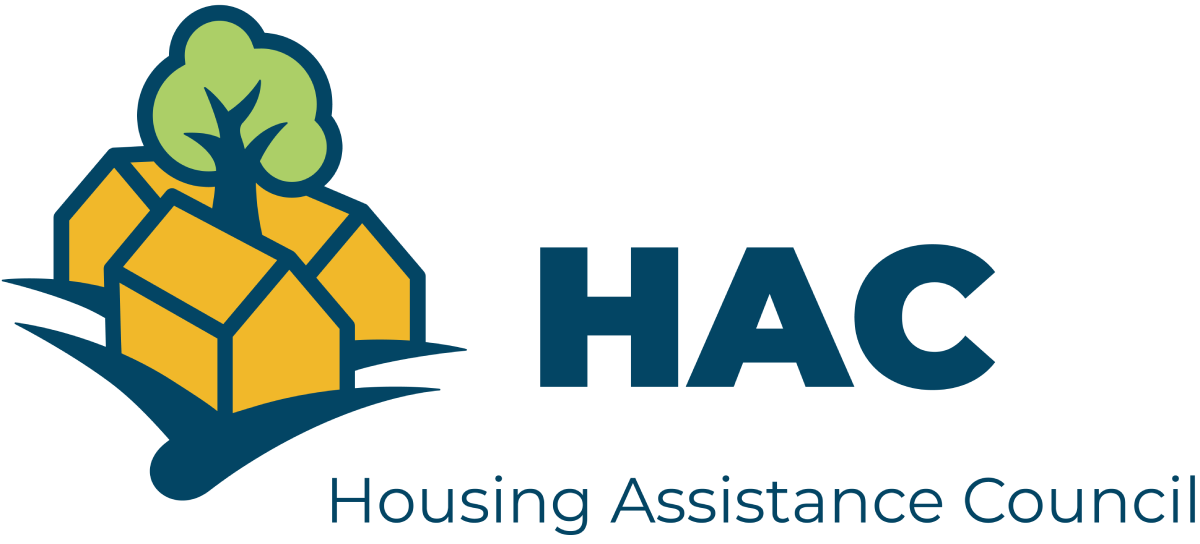HAC News: June 10, 2009
Access a pdf version of this HAC News. • June is National Homeownership Month • Congress begins reviewing appropriations bills • HUD offers Native American housing funds • Lead hazard control grants available • USDA corrects list of state offices in Section 533 funding notice • FTC requests comments on mortgage regulations • H-2A final rule suspended • Agencies provide guidance on new homebuyer tax credit • Prequalification proposed for multifamily weatherization • OMB issues Circular A-133 Compliance Supplement • New media campaign promotes fair housing, report shows record filings in 2008 • HAC offers summer CHDO trainings
|
JUNE IS NATIONAL HOMEOWNERSHIP MONTH. HUD events are posted at https://www.fha.gov. See USDA’s press release in the newsroom at https://www.usda.gov. CONGRESS BEGINS REVIEWING APPROPRIATIONS BILLS. On June 11 the House Agriculture Appropriations Subcommittee and the Senate Transportation-HUD Subcommittee are scheduled to mark up their FY 2010 bills. As news about Hill actions becomes available, updates will be posted on HAC’s site at https://ruralhome.org. HUD OFFERS NATIVE AMERICAN HOUSING FUNDS. Tribes and tribal organizations can apply by August 7 for FY 2009 Indian CDBG funds. Visit https://www.hud.gov/offices/adm/grants/fundsavail.cfm. This competition is separate from the ICDBG and NAHASDA funds provided by the 2009 Recovery Act (see HAC News, 5/27/09). Contact Roberta Youmans, HUD, 202-402-3316 or a HUD Area Office of Native American Programs, listed at https://www.hud.gov/offices/pih/ih/codetalk/onap/map/nationalmap.cfm. LEAD HAZARD CONTROL GRANTS AVAILABLE. Deadline is July 20 to apply for the Lead-Based Paint Hazard Control Grant Program and Lead Hazard Reduction Demonstration Grant Program. See Federal Register, 5/22/09 or visit https://www.hud.gov/offices/adm/grants/fundsavail.cfm. Contact Warren Friedman, HUD, 202-402-7574. USDA CORRECTS LIST OF STATE OFFICES IN SECTION 533 FUNDING NOTICE. See Federal Register, 6/2/09 or https://www.grants.gov. Contact a USDA office for details. FTC REQUESTS COMMENTS ON MORTGAGE REGULATIONS. The Federal Trade Commission’s Mortgage Acts and Practices rulemaking addresses unfairness and deception in advertising, origination, appraisals, and servicing. Comments are due July 30. Visit https://www.ftc.gov or contact Laura Johnson, FTC, 202-326-3224. The Mortgage Assistance Relief Services rulemaking addresses the practices of entities that are not mortgage servicers and offer to help consumers deal with owners or servicers of their loans to modify them or avoid foreclosure. Comments are due July 15. Visit https://www.ftc.gov or contact Evan Zullow, FTC, 202-326-3224. Neither rule will apply to banks, thrifts, federal credit unions, and nonprofits because the FTC does not have jurisdiction over them. H-2A FINAL RULE SUSPENDED. The Department of Labor has suspended a December rule for certifying H-2A farmworkers (see HAC News, 4/29/09 and 3/18/09) and reinstated the previous regulations for nine months. See Federal Register, 5/29/09 or https://www.regulations.gov. Contact William L. Carlson, DOL, 202-693-3010. AGENCIES PROVIDE GUIDANCE ON NEW HOMEBUYER TAX CREDIT. A USDA RD Unnumbered Letter dated May 4, 2009 is available at https://www.rurdev.usda.gov/regs/ul/ulmay09.pdf or from RD offices. FHA Mortgagee Letter 09-15 is posted at https://www.hud.gov/offices/adm/hudclips/letters/mortgagee/. PREQUALIFICATION PROPOSED FOR MULTIFAMILY WEATHERIZATION. The Department of Energy is proposing to allow multi-unit buildings with HUD or LIHTC assistance (not USDA) to qualify for the Weatherization Assistance Program without an extensive application process. Comments are due June 22. See Federal Register, 5/21/09 or https://www.regulations.gov. Contact Gil Sperling, DOE, 202-586-1510, Gil.Sperling@ee.doe.gov. OMB ISSUES CIRCULAR A-133 COMPLIANCE SUPPLEMENT. The supplement will apply to audits of nonprofits and others receiving federal funding for fiscal years beginning after June 30, 2008. Comments are due October 31, 2009. Download from https://www.whitehouse.gov/omb/financial_offm_circulars/ or order a print copy from the Government Printing Office (stock number 041-001-00667-2), 866-512-1800 (toll free). NEW MEDIA CAMPAIGN PROMOTES FAIR HOUSING, REPORT SHOWS RECORD FILINGS IN 2008. The campaign by HUD and the National Fair Housing Alliance seeks to inform consumers about alternatives to foreclosure, how to avoid predatory loan terms, and how to recognize and report rental discrimination. For details visit https://www.nationalfairhousing.org. A new HUD report to Congress states that in FY 2008 over 10,500 fair housing discrimination complaints were filed, 44% of them by persons with disabilities and 35% based on race. People who believe they are the victims of housing discrimination should contact HUD at 1-800-669-9777 (voice), 800-927-9275 (TTY). For more information, visit https://www.hud.gov/fairhousing. HAC OFFERS SUMMER CHDO TRAININGS. “Becoming a High Performing CHDO” is scheduled for June 25 in Colorado Springs. “Single-Family Housing Development” and “Advanced Financial Management” will be held July 29-30 in Burlington, Vermont and August 5-6 in Boise. “Building HOME for CHDOs and Nonprofits” and “Fitting the Pieces Together” (combining HOME and private financing for homeownership) are set for July 15-16 in Orlando and August 12-13 in Milwaukee. Limited travel scholarships are available. For details and to register online, visit https://ruralhome.org/servicesTraining.php. Contact Dan Stern, registration@ruralhome.org, 202-842-8600. |
